Hydrodynamic and Thermal Investigation of Side-fired Steam Methane Reforming Furnaces CFD Simulation (3D) – ANSYS Fluent Training
Hydrodynamic and Thermal Investigation of Side-fired Steam Methane Reforming Furnaces CFD Simulation (3D) – ANSYS Fluent Training
- Upon ordering this product, you will be provided with a geometry file, a mesh file, and an in-depth Training Video that offers a step-by-step training on the simulation process.
- For any more inquiries regarding the product, please do not hesitate to reach out to us at info@CFDLAND.com or through our online support assistant.
€280 Original price was: €280.€145Current price is: €145.
Introduction to Side-Fired Steam Methane Reforming CFD Simulation
This project presents a steam methane reforming CFD Simulation of a side-fired furnace, a vital technology for producing hydrogen. For making hydrogen and syngas, experts often use a steam methane reforming CFD approach to study side-fired furnaces. These furnaces use a special process with a catalyst to change natural gas into hydrogen and carbon monoxide. An SMR CFD model is needed because these furnaces operate at very high temperatures. Also, they use a catalyst to make the reaction between steam and methane happen faster. This steam methane Reforming Fluent simulation shows how this reaction creates hydrogen. Because of this, side-fired furnaces are very common in industries like refining, chemical plants, and electronics for hydrogen production.
In this project, a steam methane CFD simulation of a side-fired furnace is done in full 3D using ANSYS Fluent. The main goal is to use SMR Fluent to study the flow and heat conditions inside the furnace. To make sure our steam methane reforming CFD simulation is reliable, we used a scientific paper called “Optimal Tube Bundle Arrangements in Side-Fired Methane Steam Reforming Furnaces [1]” as a guide for our work.
- Reference [1]: Engel, Sebastian, et al. “Optimal tube bundle arrangements in side-fired methane steam reforming furnaces.” Frontiers in Energy Research8 (2020): 583346.
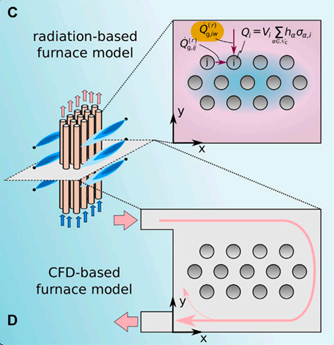
Figure 1- Sketch of a radiation-based and CFD-based furnace model extracted from the paper mentioned in the following
Simulation Process (SMR Fluent Setup: 3D Furnace Modeling )
First, for this SMR CFD project, we created the 3D geometry using ANSYS Design Modeler. The measurements for this shape came from “design B” in the reference paper. The design of our steam methane CFD model includes a group of tubes arranged in a special way inside the furnace. Then, we used ANSYS ICEM software to create a structured mesh for the SMR Fluent simulation. As a result, a high-quality mesh with 4,012,428 elements was made. This is very important for getting correct results from a steam methane reforming CFD simulation.Next, we configured the solver settings in ANSYS Fluent for this steam methane Fluent analysis. The most important settings are for radiation and the different gases in the simulation. Therefore, we activated the Discrete Ordinates (DO) radiation model and the Species Transport module. Using these models is necessary to correctly capture the flow and heat transfer in our steam methane reforming CFD study. In this model, the ability of the pure gases to absorb heat changes with temperature. The gas mixture in our SMR CFD analysis includes H2O, O2, CO2, and N2. Finally, we set the furnace walls to be adiabatic, gray, and diffuse for the radiation calculations.
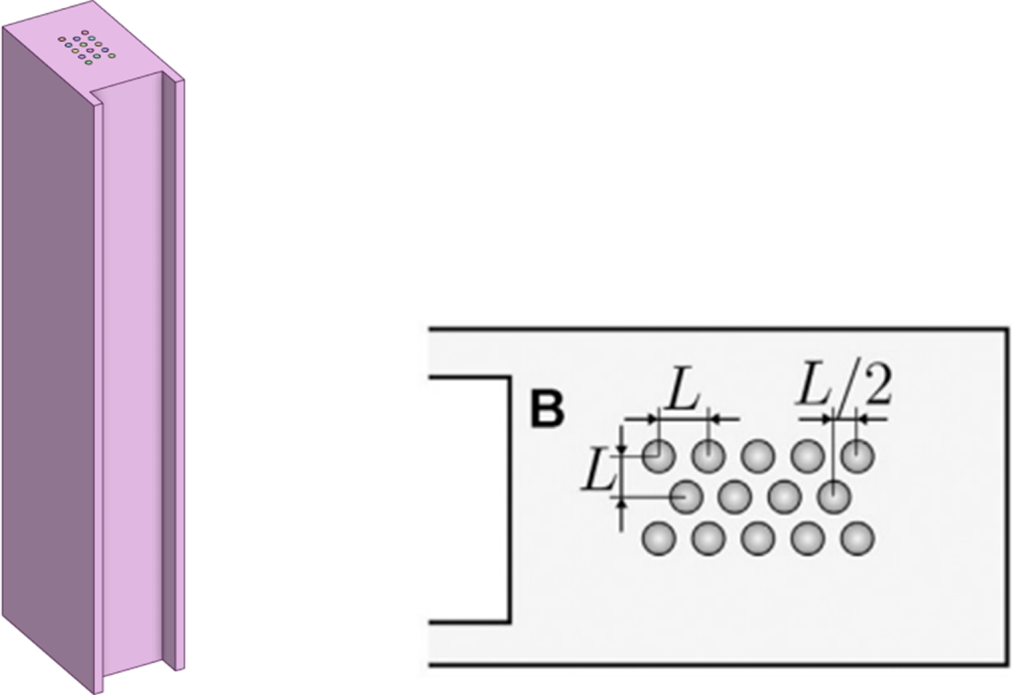
Figure 2- Furnace geometry design in Design Modeler software
Post-processing (Steam Methane Reforming CFD Analysis)
The SMR CFD analysis of this furnace gives us important details about its flow and heat properties. The 3D steam methane Fluent simulation shows how the gas velocity is distributed. Specifically, the results show that the velocity changes from stagnation points (about 0 m/s) between the tubes to maximum velocities of 17.5 m/s where the hot gas enters. Our steam methane CFD study also indicates that the placement of the tubes near the top and right walls is very important. This positioning increases their exposure to the hot gas, which significantly improves heat transfer. Moreover, looking at the temperature distribution from our SMR Fluent model, we can confirm that there is a dominant radiative heat transfer mechanism. Understanding this is essential for making the furnace work better for hydrogen production.
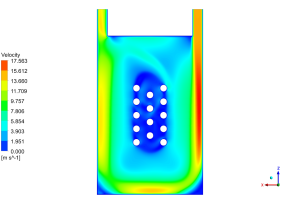
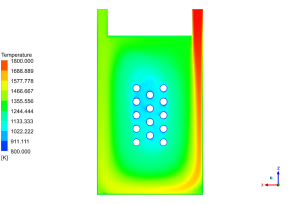
Figure 3- Velocity and Temperature distribution around the tube bundle
By visualizing the streamlines, our steam methane CFD simulation shows interesting flow patterns around the tube bundle. A key finding is that the increased distance between central tubes stimulates improved fluid circulation. However, the analysis also confirms that because of the very high working temperatures, the main way heat moves is still through radiation. This result from our steam methane reforming CFD work matches real industrial furnace designs. For example, in real furnaces, more oxygen is sometimes used to increase the amount of CO2 and H2O, which boosts radiative heat transfer. In conclusion, the SMR CFD results clearly demonstrate that the configuration of the tube bundle markedly affects the overall efficiency of the furnace, temperature uniformity, and reaction kinetics in the hydrogen production process.Figure 4- 2D streamlines around the tube bundle
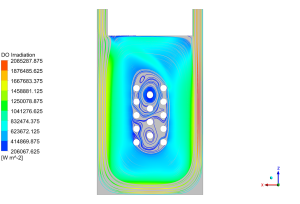
Figure 4- 2D streamlines around the tube bundle
We pride ourselves on presenting unique products at CFDLAND. We stand out for our scientific rigor and validity. Our products are not based on guesswork or theoretical assumptions like many others. Instead, most of our products are validated using experimental or numerical data from valued scientific journals. Even if direct validation isn’t possible, we build our models and assumptions on the latest research, typically using reference articles to approximate reality.
Yes, we’ll be here . If you have trouble loading files, having technical problems, or have any questions about how to use our products, our technical support team is here to help.
You can load geometry and mesh files, as well as case and data files, using any version of ANSYS Fluent.
€360 Original price was: €360.€185Current price is: €185.

€265 Original price was: €265.€135Current price is: €135.

€295 Original price was: €295.€175Current price is: €175.

€200 Original price was: €200.€115Current price is: €115.

€320 Original price was: €320.€175Current price is: €175.

€360 Original price was: €360.€180Current price is: €180.



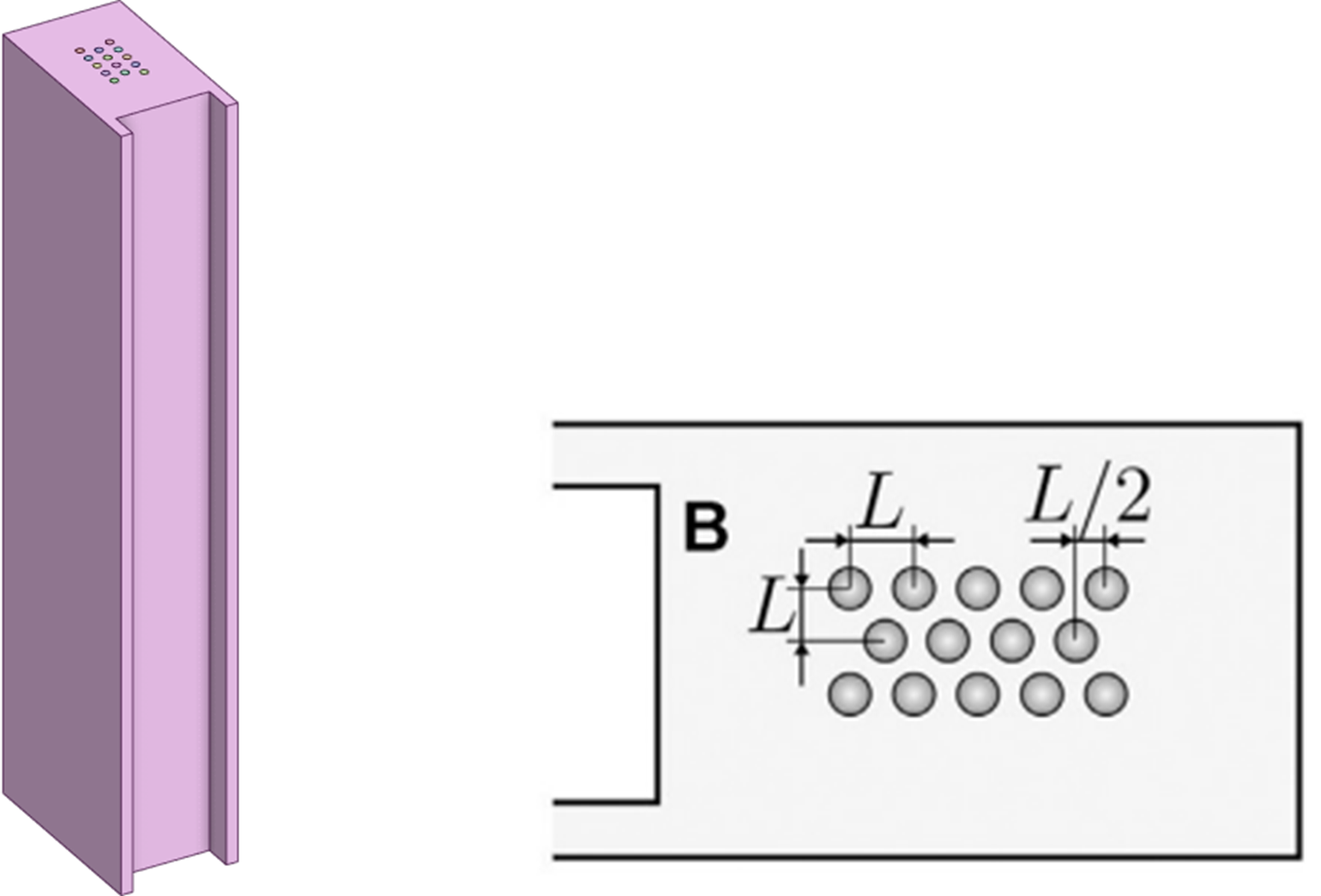
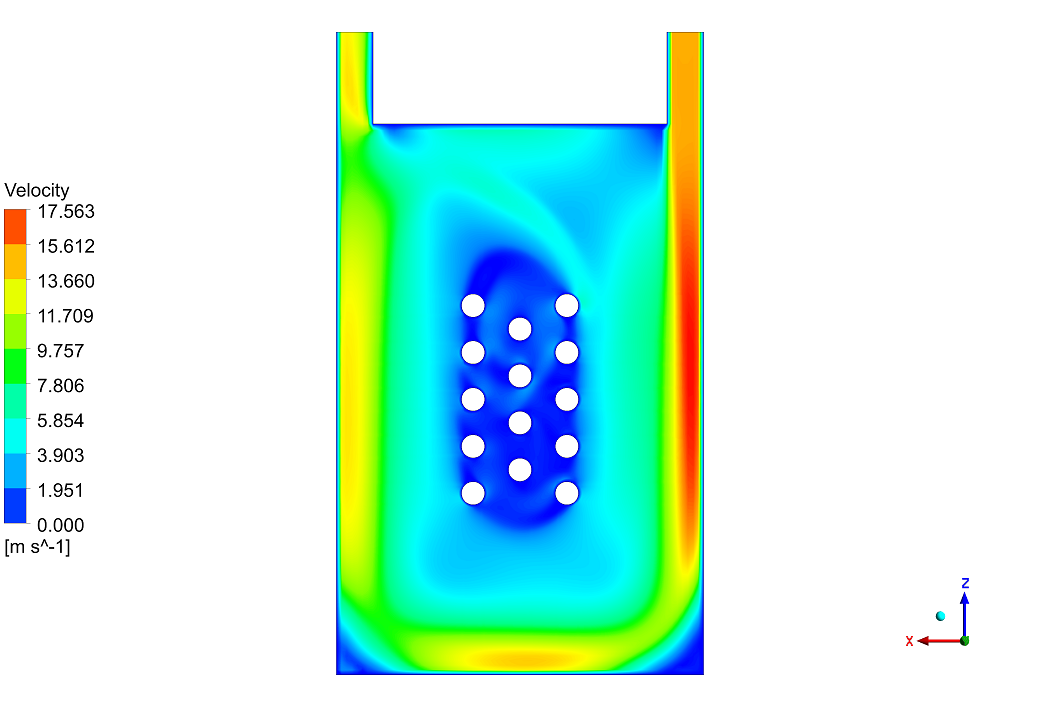
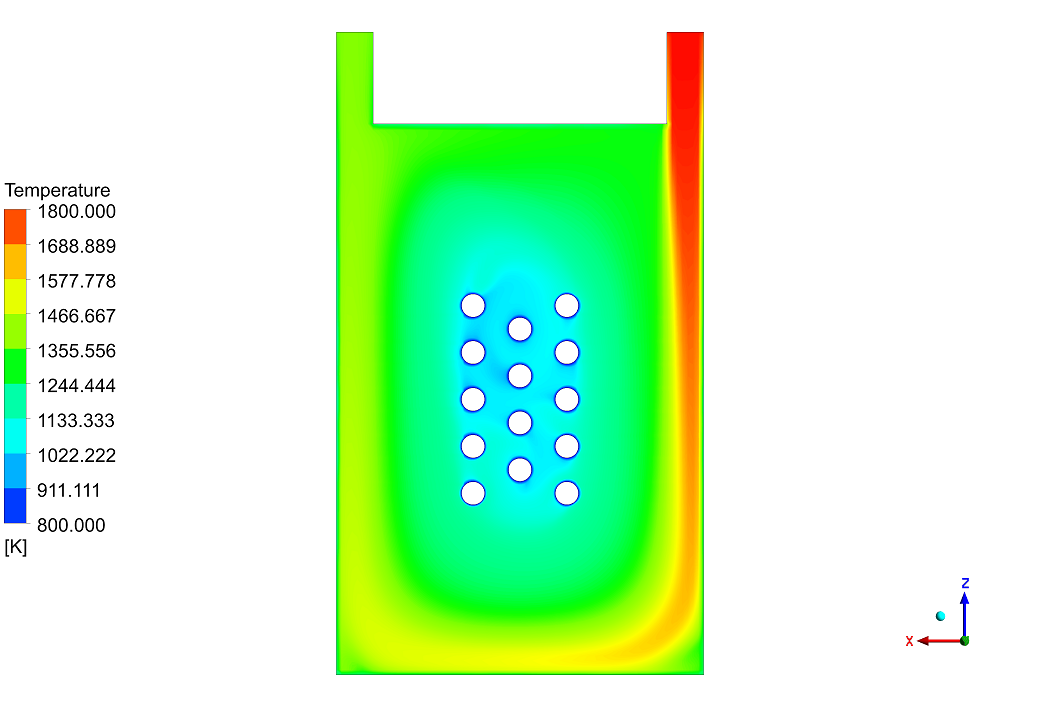
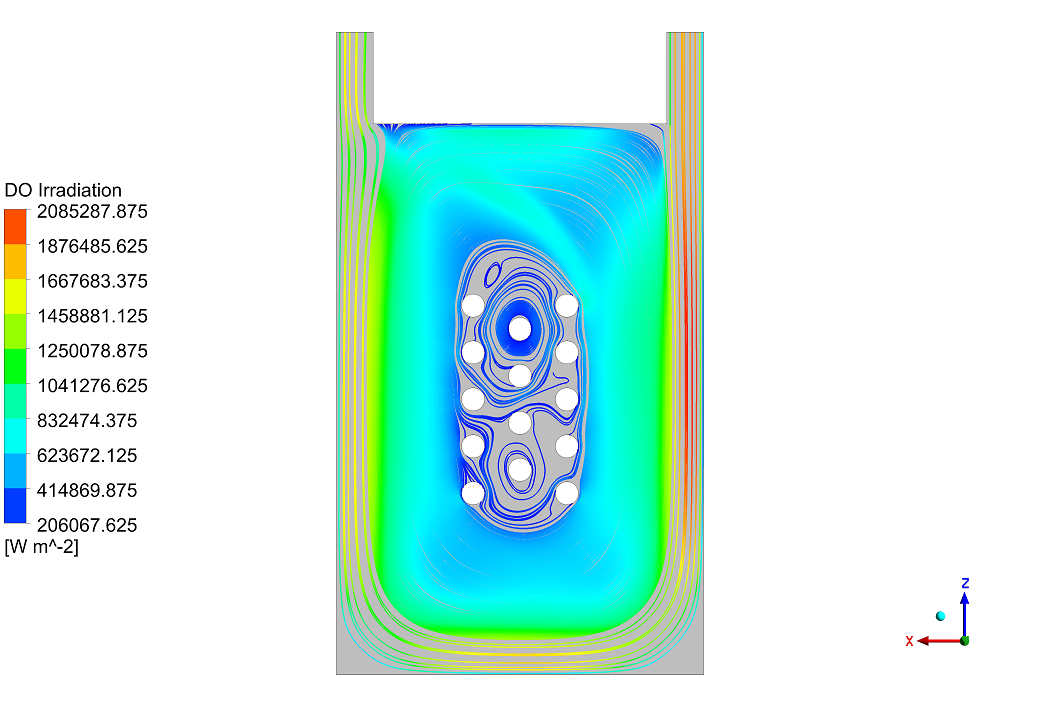
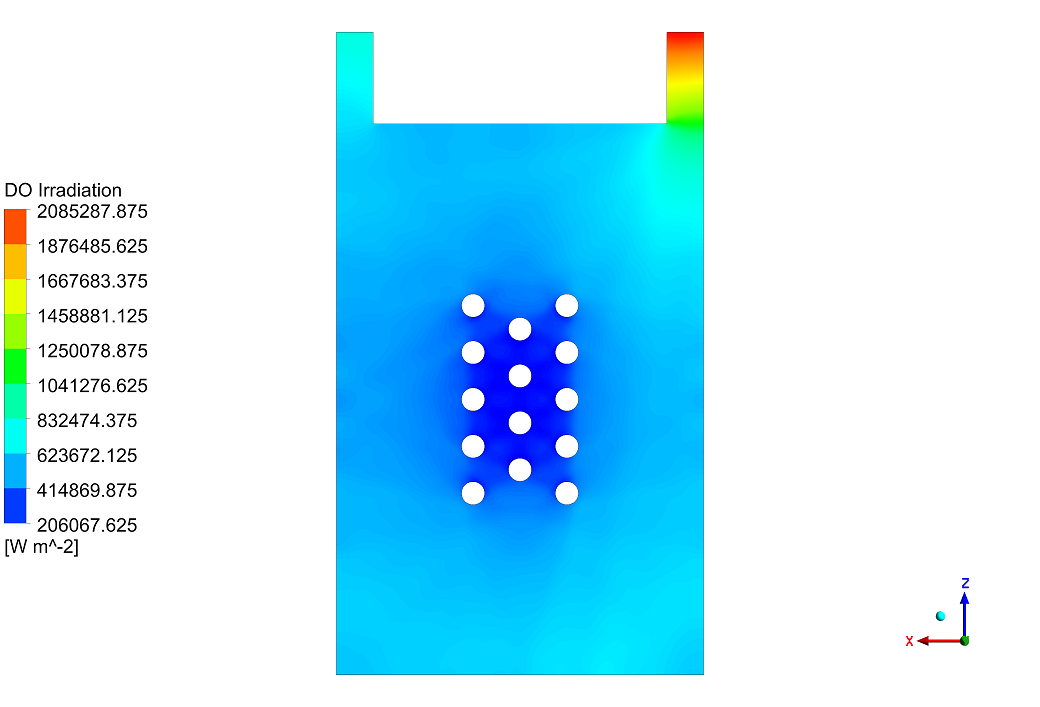





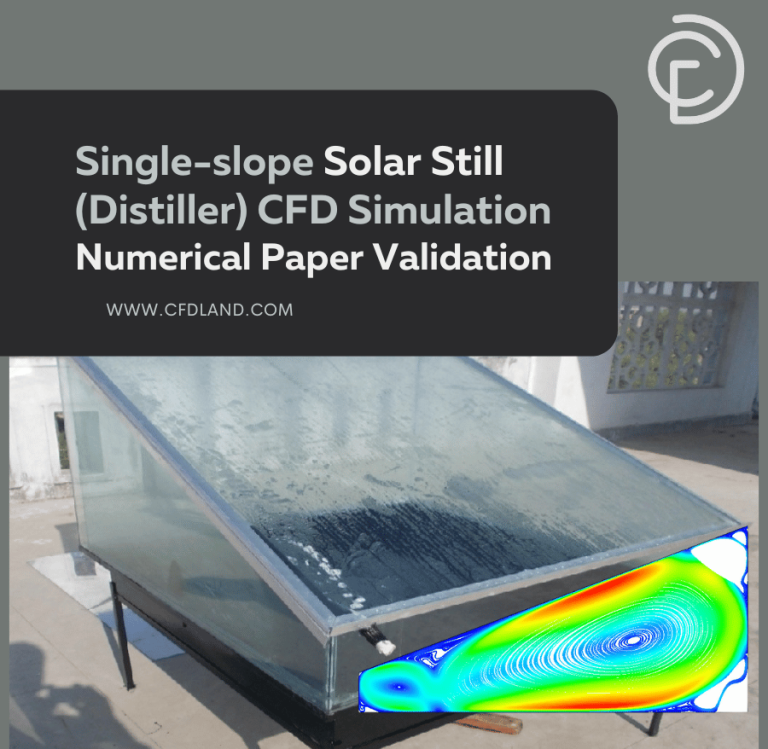
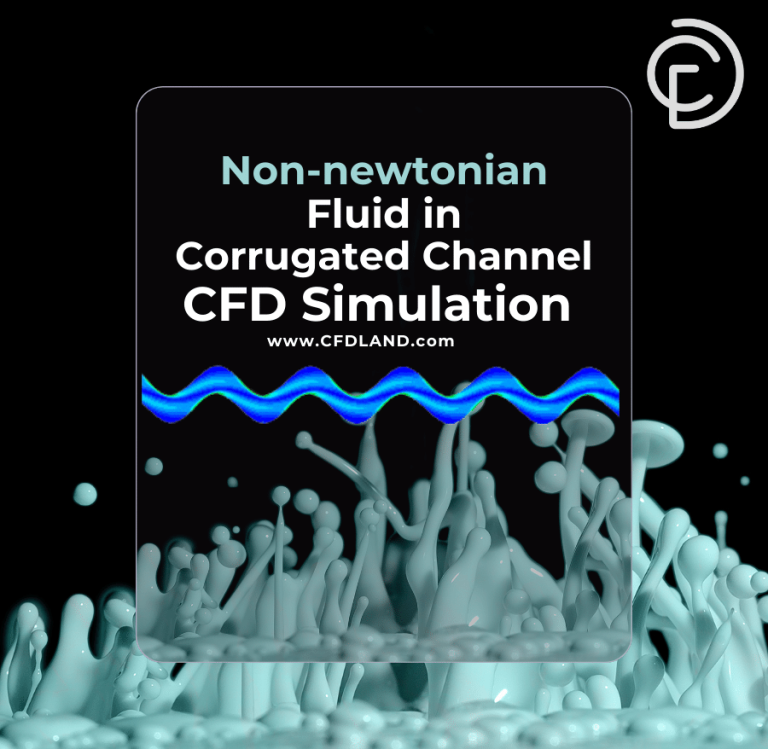
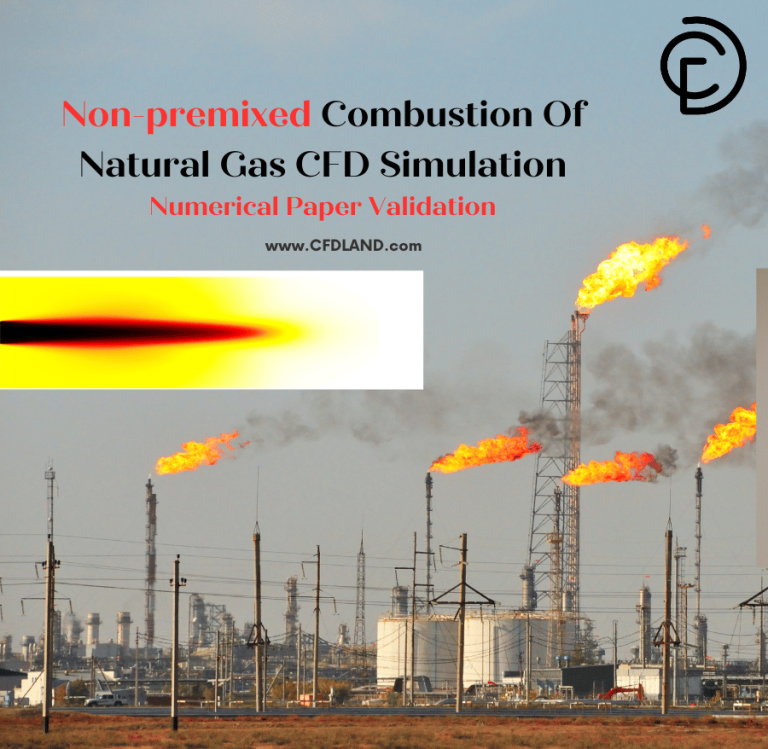
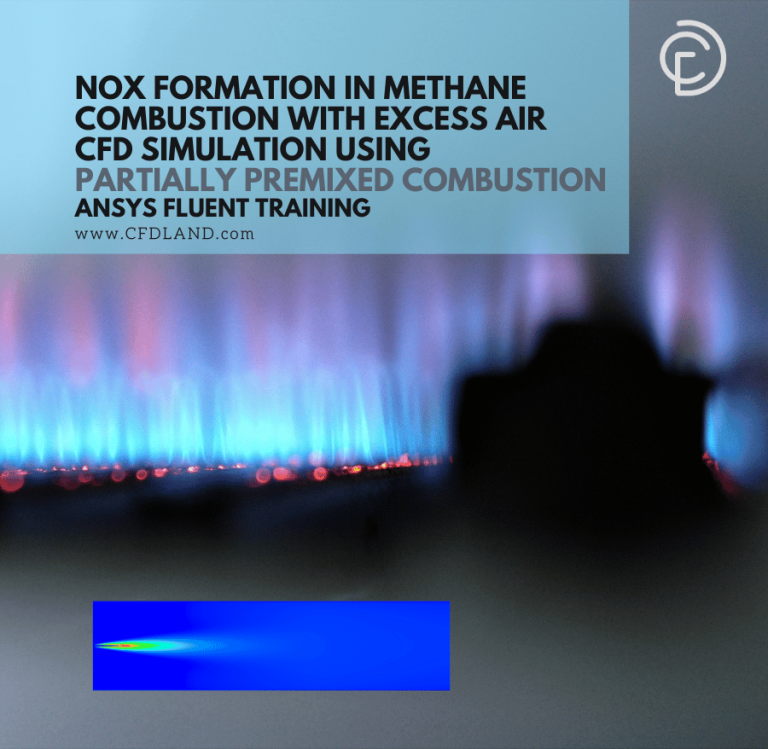
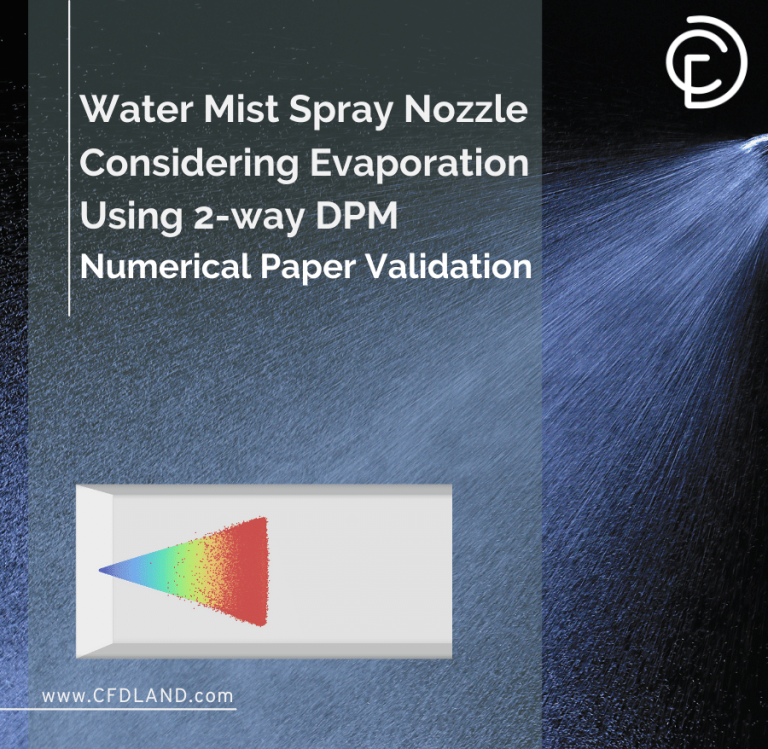
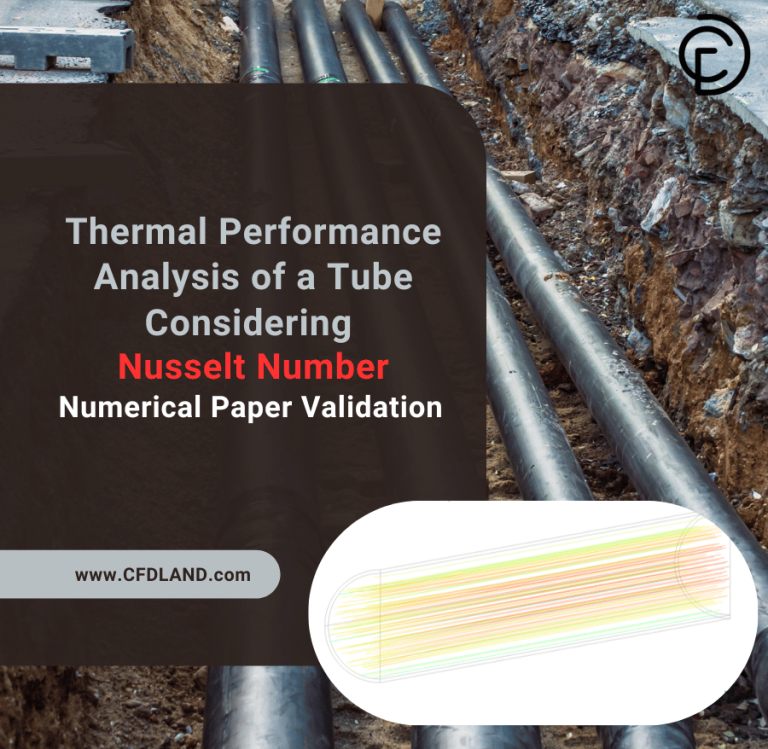
Reviews
There are no reviews yet.